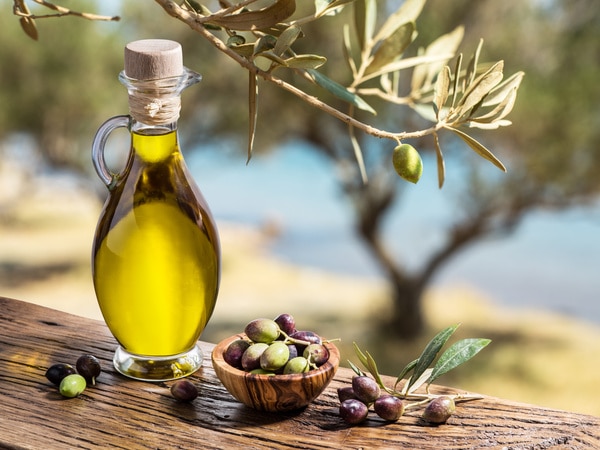
Spain is the world’s biggest producer of olive oil, the golden nectar that is at the heart of Mediterranean cuisine. Spain is the world’s biggest olive oil producer and exporter, producing approximately half of the world’s total olive oil. Today, we’ll try to describe the olive oil production process to you.
Olive Harvesting Methods
The olive harvest usually begins in late September and lasts until the end of January. The olive trees are shaken to remove the fruit, always avoiding that the olives come into contact with the ground. Harvesting olives can be done in both traditional and automated ways, and both are being utilized today. The harvested olives are transported to the olive mill as quickly as possible.
Process of olive ripening
The leaves or twigs are removed from the olives before being washed with water. After washing, the olives are ground into a paste-like mass.
The Malaxing process
The malaxing process involves progressively joining small drops of oil into larger ones, which will facilitate the separation of the oil and the rest of the olive’s components. When the mixing temperature is kept below 27º, it is referred to as «cold» production and can be indicated on the labels of virgin or extra virgin olive oils.
Oil Extraction
After the mixing, the next phase in the process of extracting virgin olive oil. The system most commonly used in olive oil mills for oil extraction is known as continuous. A machine called decanter separates by centrifugation the oil from the vegetation water and solid residues present in the pulp (pulp and stone).
Storing and Packing of Olive Oil
Prior to bottling, extra virgin and virgin olive oil is usually stored in stainless steel containers at a temperature between 15 and 18 degrees Celsius. It is most common to filter the olive oil before bottling to remove moisture and suspended organic matter. All these procedures must be carried out with care to preserve the olive oil’s quality.
Sustainable Olive Oil Production
Sustainability is becoming increasingly important in olive oil production. Sustainable olive oil production focuses on reducing the environmental impact through techniques like organic farming, water conservation, and the use of renewable energy in mills. Many olive producers are shifting towards more eco-friendly practices, such as recycling olive pomace for biofuel or using solar energy to power production processes. These methods not only help reduce carbon emissions but also contribute to soil health and biodiversity. Ensuring sustainability throughout the supply chain is a priority for producers who want to protect the environment while maintaining high-quality olive oil.
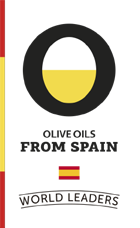


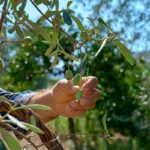

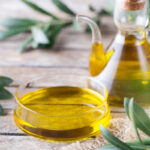
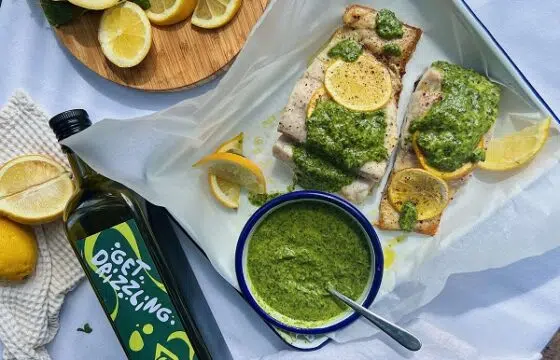
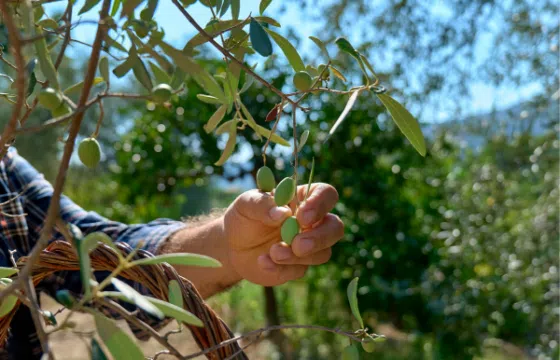


0 Comments